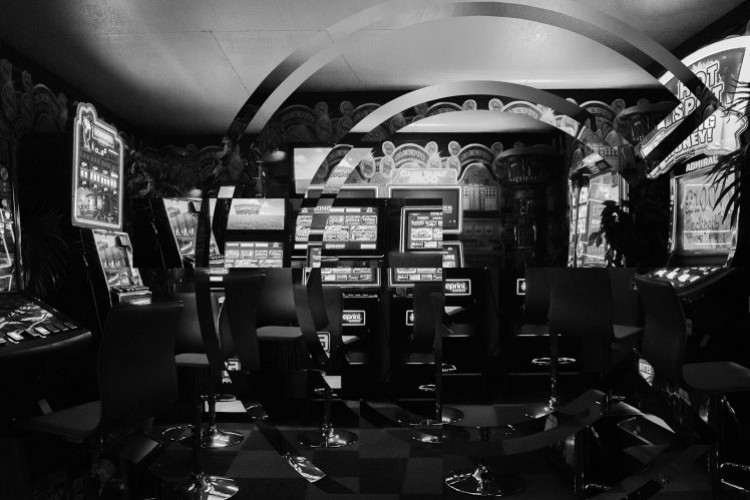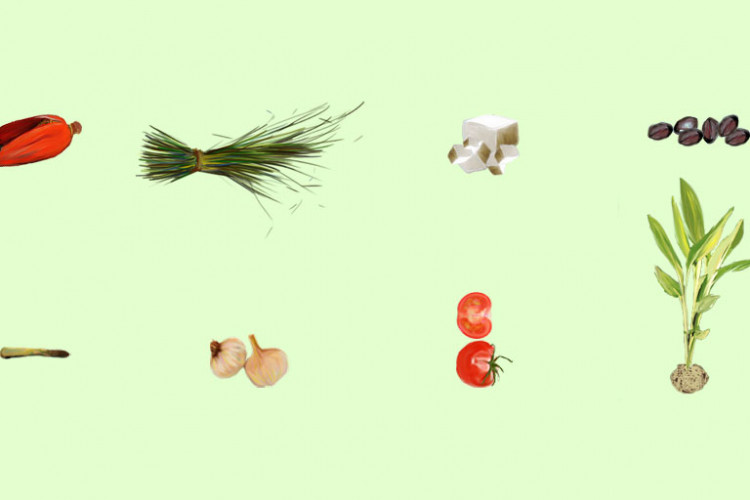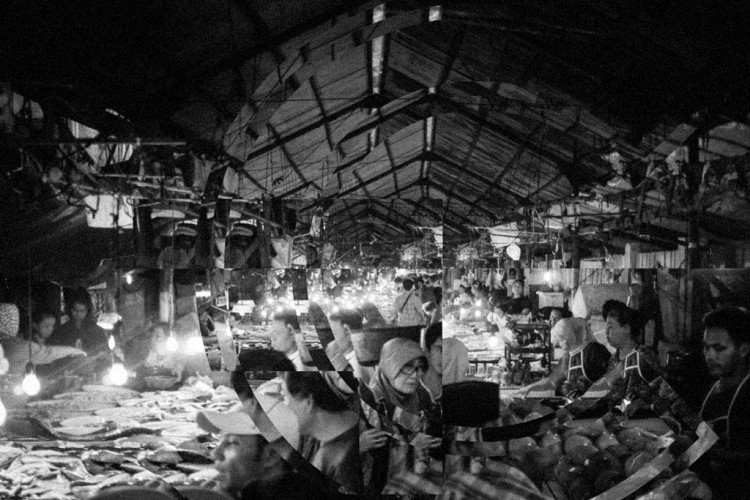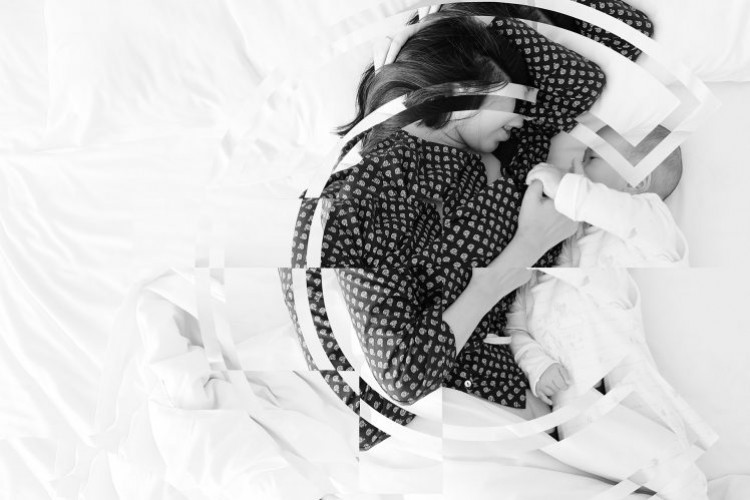The Tools of the Trade
The Impact of the Digital Age on Artistic Mediums
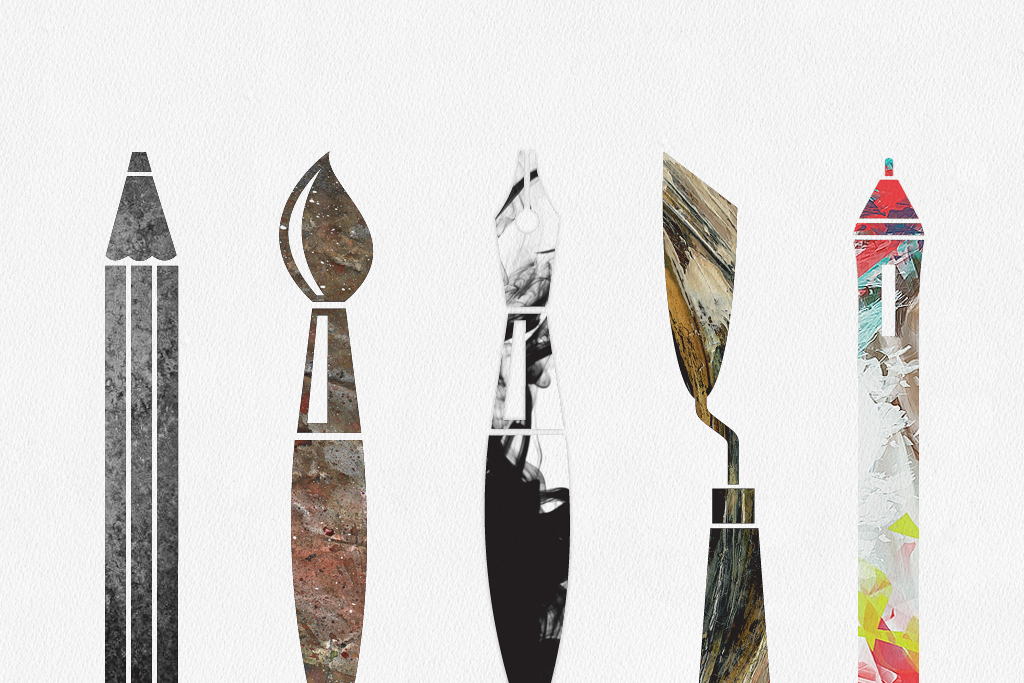
Crayons, as far as I can remember, were a vital part of my childhood. I was particularly fixated on the coveted 64 Crayola set—I cried, begged, and bargained to get my greedy little hands on them. My younger self had the idea that more was better and any less would just be travesty. I needed as many of the colors as possible! The larger sets were just unattainable, knowing that such luxuries were reserved for other people’s kids whose parents were far more generous than mine. Of course, knowing what I know now and being much older, I could have probably lived with just your basic eight-color set. It didn’t matter at the time though. I was the cool kid with the big Crayola set!
I had empowered all 64 crayons with value, one that dictated my creative leanings. I remember being told I doodled with an iron grip, more interested in coloring outside the lines than in. I felt inferior to my cousin whose precise coloring skills I envied. It wasn’t one of my finer moments as a child, but if there was anything I was diligent about, it was obsessively taking care of my crayons. Those little wax colored sticks were the tools of my trade.
The idiom, “The Tools of the Trade” brings to mind an array of physical items imbued with specific functions to complete a task or a goal. For an artist, the tools come in many forms, but before we inspect said instruments, we must “define” the artist of which we speak of. Let’s agree to the basic description of an “artist” as someone who creates art. For the purpose of this piece, I want to focus on visual art in a traditional sense. An artist, then by our definition is someone who creates through drawing, painting, and sculpting with an emphasis on the aesthetic form.
The kind of tool artists use to fully realize concepts and ideas is a combination of purpose and preference. No matter the means, every artist can attest to working with tangible materials – be it pencil to paper, brush to canvas, or needle to clay. However, we are living in a changing technological landscape where many of our tasks and tools have digital counterparts. Consider the smart phone as more than just its intended function: to make and receive calls. It is a calendar, a weather forecaster, a music player, a newspaper, and the list goes on. “There is an app for everything,” as the saying goes. By transitioning to a multitasking device, we can do what we use to do but without so much of the other stuff. The creative medium is no exception.
My studio art classes in high school had multidisciplinary courses on using a variety of mediums: graphite, charcoals, colored pencils, watercolors, and acrylics to name a few. We focused on a singular medium for several projects whereas other assignments we combined two or three. Back then I had considered myself a bit of a purist. I wanted to immerse myself in the very basic of the tools in a time where sketching or painting on a digital canvas seemed incomprehensible to me. Why would anyone paint in pixels when you can do the real thing?
The digital medium, to my discovery, provided a highly editable canvas to work on. The many frustrating instances of regrettable, haphazard brush strokes were reversible with a few keys and a swoosh of a digital eraser. The ability to “undo” actions became an automated reaction. I no longer had to worry about being too cautious, too afraid to bring forth a mighty hand onto a canvas for fear of permanence. I had absolute freedom to preserve the integrity of not just one part of an artwork but as many of the pieces as I deemed necessary—all neatly allocated in layers then grouped into folders.
Arguably, this kind of workflow created a crutch. I’m guilty of relying too much on the above methods to undo my mistakes. I believe something is lost in the creative process that is achievable through careful consideration of techniques; while the same artistic methods can be done in the digital realm, the subtle nuances of feeling the physical materials on your fingertips are nonexistent. For instance, the daunting process of manipulating clay requires a solid technical and instinctual understanding of the medium. A 3D modeling software eliminates the vital hands-on necessity. Instead, the artist uses a mouse or a stylus to manipulate points on the surface of a rendering.
It’s important to remember that no matter the medium, digital or otherwise, the tools are just a means to channel creative visions. A software provides a plethora of features, and one can achieve new styles while staying true to the source material whether it be charcoal, clay or something entirely unique to the digital medium. The variation of tools that are available to the artist will continue to evolve as technology dictates. The constant variable is the creative spirit. There is an idea, a feeling, a vision and so the artist chooses the best possible way to express them—like a tool box in which certain items are better at executing a task than others, but it doesn’t negate its singular value as part of the whole.
By the time I was in college, I had purchased a Wacom tablet and acquainted myself with creative softwares like Photoshop. It enabled me to mimic the look and feel of traditional mediums but without the mess! I do occasionally feel nostalgic for the physical paintbrush, for the charcoal residue on my fingertips, and for the absence of an undo button; at the end of it all, the creative intent is perhaps the only tool that requires no compromise.








